When to harvest bush beans – and how to pick them at their peak for texture and taste
Get crunchy and delicious beans, plus discover how to harvest bush beans so as not to damage the crop
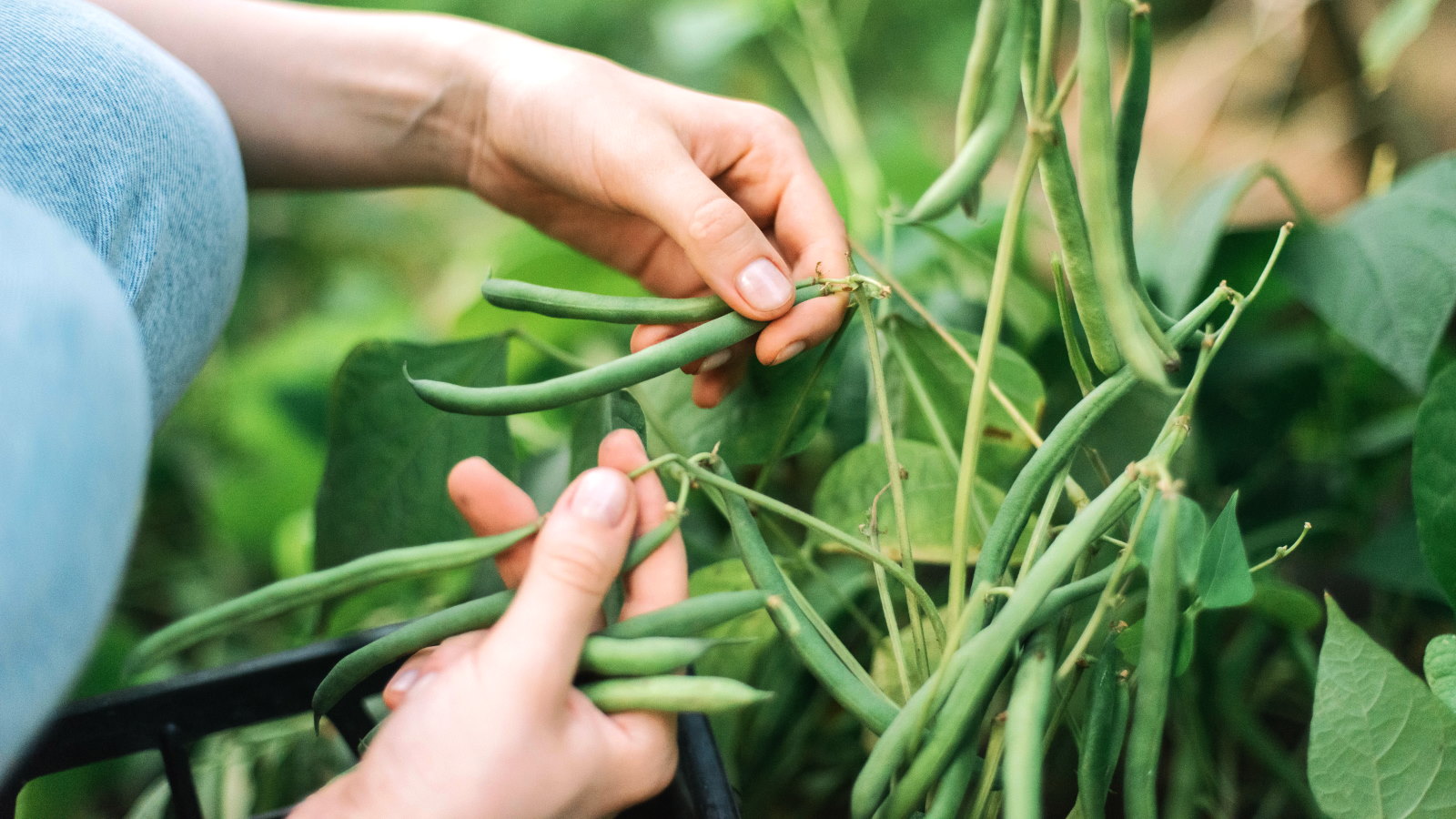
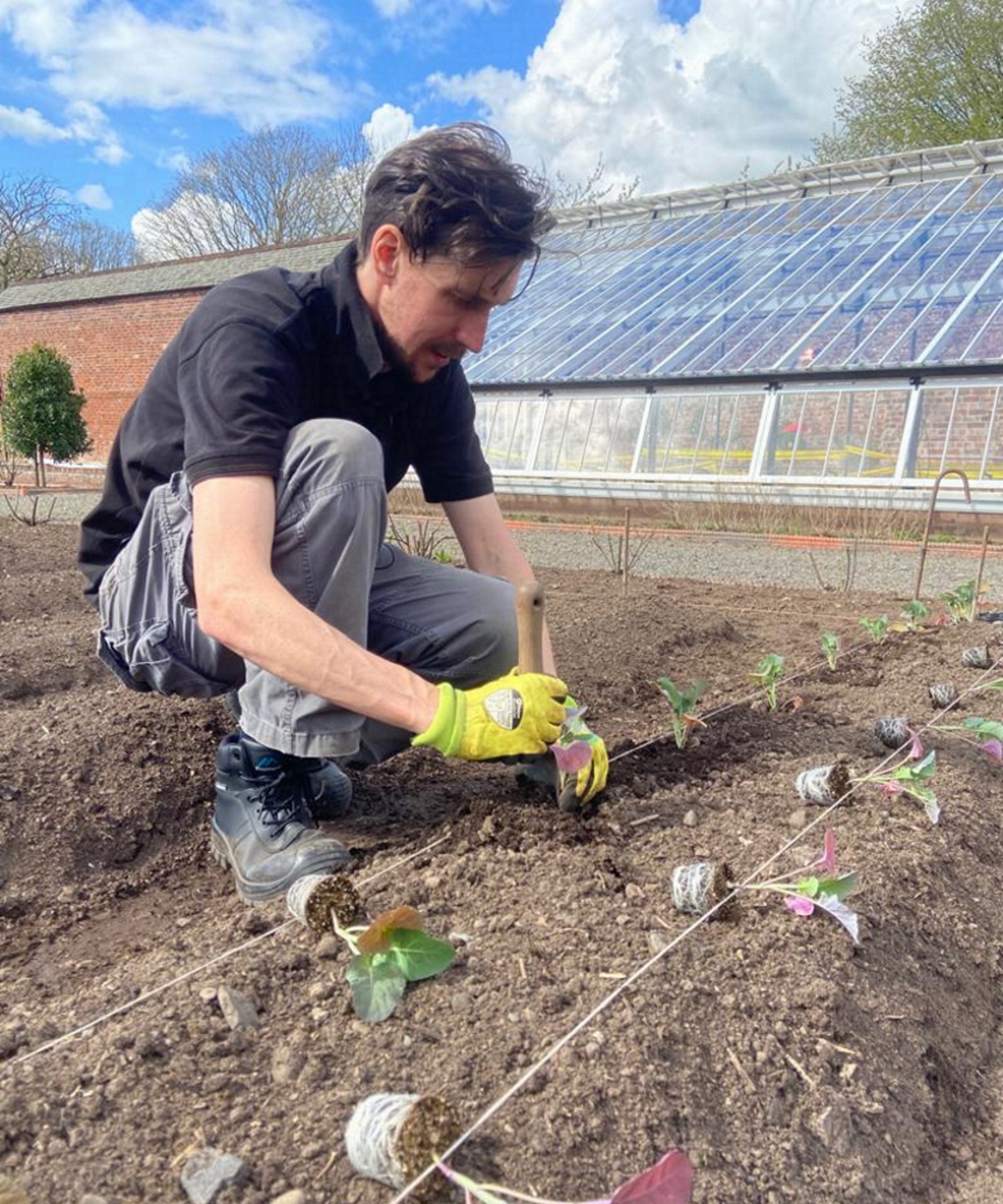
Bush beans are small and compact plants that produce large harvests for the space they need in a vegetable garden. Where pole beans require support for their climbing vines, bush beans grow to only a few feet high but are prolific plants that produce harvests in only 6-7 weeks from sowing.
Bush beans can be picked as green beans, where the pod and its content are consumed whole, or dried and shelled. Knowing when to harvest bush beans is an important skill to get the pods at their most flavorful - you want them crunchy and sweet, rather than tough.
I grew many different types of beans, including bush beans along with the likes of runner beans, French beans, and more, in kitchen gardens in the UK. I harvested the beans for chefs, so picking them at the perfect time was imperative for the best taste and texture. To help you get the crop at the right time, and harvest them properly, I look at when to pick bush beans and how to harvest them.
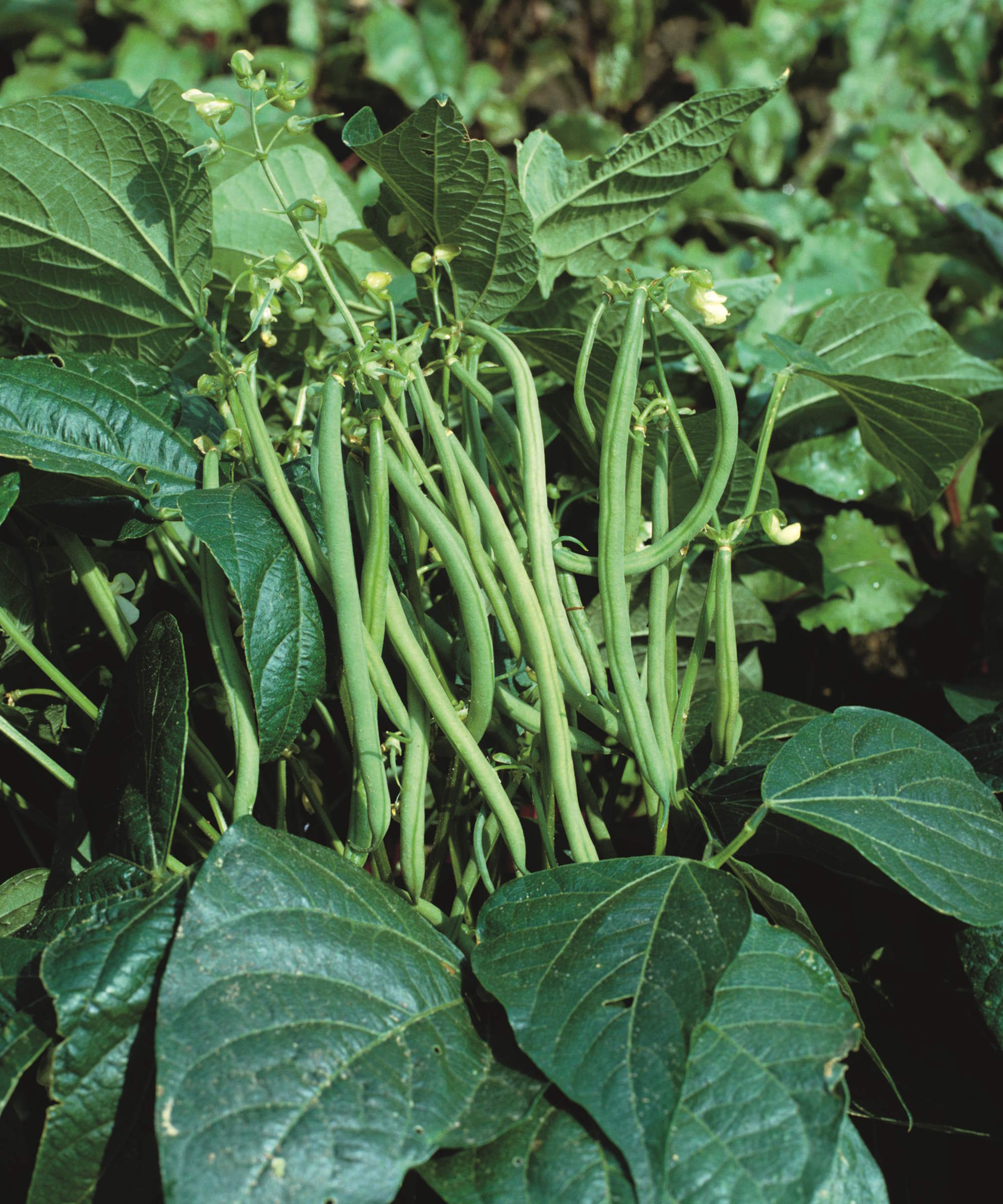
Bush beans are ideal plants for small vegetable gardens and vegetable container gardens
When are bush beans ready to harvest?
Bush beans are ready to harvest throughout summer. Harvesting them regularly through the season means getting them at their peak and the plants will continue to grow more beans to pick. They don’t crop for as long as pole beans, but you can still get a fantastic harvest of beans from each plant - succession planting of beans every few weeks can also reward you with a long harvesting period.
When to harvest bush beans

Harvest bush beans regularly for the best-quality crops
Bush beans take around 50-60 days from sowing to harvest, depending on the variety and the season’s weather. Refer to the seed packet for the particular variety you sowed as it should show the expected days to maturity to help you gauge when to harvest. The plants are either sown directly into the soil outdoors when the soil temperatures exceed 60°F in spring or seeds are sown indoors and seedlings then transplanted once temperatures rise to get a head start in colder climates.
Make a note as part of your seed sowing schedule when you predict the harvest might start, according to the packet’s guidelines. Once the flowers appear, that is a sign that the time to start picking bush beans should only be a week or two away. The size and texture of the bean are the best indicators of a perfectly ripe bean that wants to be picked from the vine.
The beans should be tender but not overly swollen and around 4-6 inches in length. If you harvest bush beans at the perfect time they should be smooth, firm and crunchy, but beans left on the plant too long become tough and less flavorful.
Matthew Wilson, CEO of Handy Gardeners, recommends looking closely for the ‘bright green color’ that indicates a bean’s ripeness - he also revealed another little trick he likes to use.
‘Keep an eye out for the seeds within the pod,’ he adds. ‘If they're just starting to swell but haven't yet puffed the pod, you've caught them at the ideal time. Picking at this time will capture the delicacy and ensure a crunchy bite with every pod.’
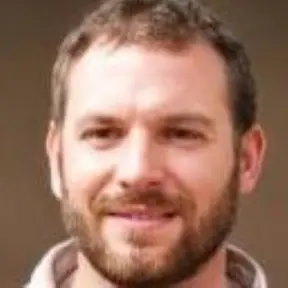
Matthew Wilson, CEO of Handy Gardeners, leads the company with a passion for landscaping and environmental sustainability. Under his guidance, Handy Gardeners has become a trusted name in the industry, providing top-notch gardening and landscaping services.
How to harvest bush beans
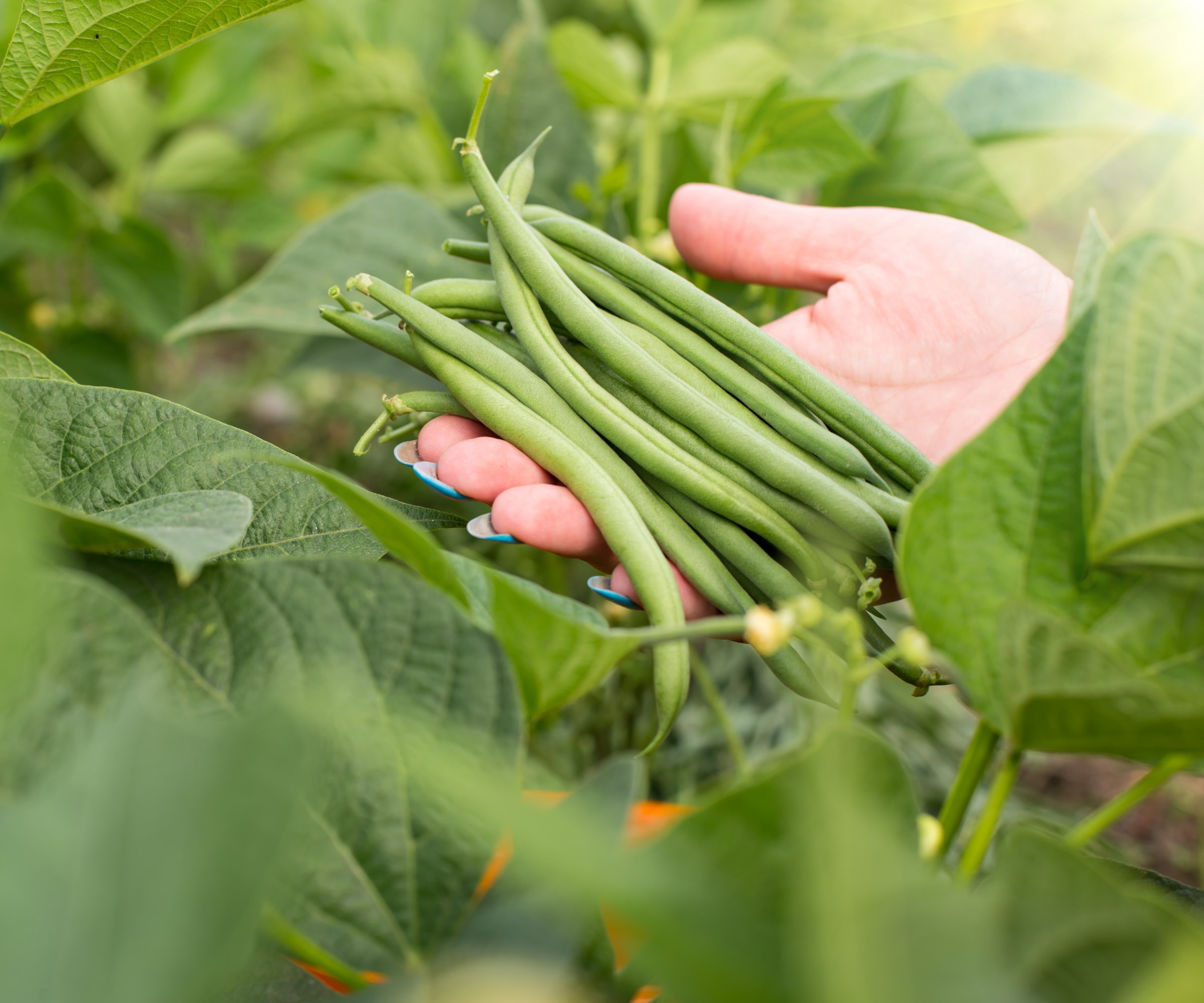
Taking care is key to harvesting bush beans correctly
Pick bush beans in the morning, as they have a higher sugar content and the best flavor. However, if the beans are moist - from recent watering or dew - let them dry off before picking as moist beans will have a much shorter shelf life.
Fresh bush beans are delicate, so it is important to take care when picking them from the plant. It is advisable to snip them off using sharp and clean garden tools, such as pruning shears, garden snips, or gardening scissors. This avoids the potential for damaging the pods, or the plant, by making the vegetable harvesting mistake of pulling them too hard by hand. Simply snip the beans loose from the plant by cutting just above the pod.
If you opt to harvest bush beans without tools, hold the stem with one hand, near the bean, and gently pull the pods off the plant with the other hand. A gentle touch is required to avoid rupturing the bean or damaging the stems or roots of the plant.
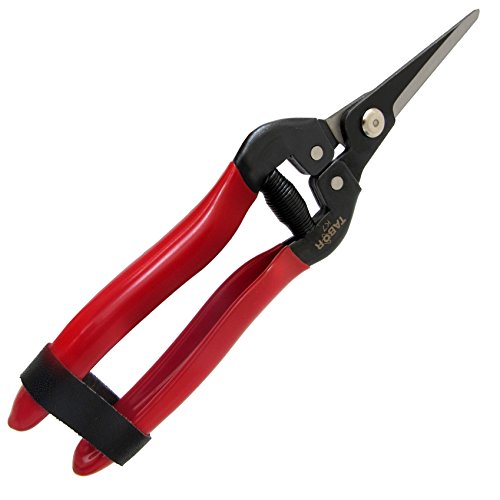
A pair of pruning snips that are very light and feature a long, straight carbon steel blade - specially designed for reaching into tight spaces to carefully pick vegetables, flowers, or herbs.
FAQs
How do you harvest dried bush beans?
If you want to harvest dried beans, rather than fresh ones, it will take 80-90 days from planting. Wait for the pods to turn brown naturally on the plant. The dried beans should rattle inside the pods and the pods may start to crack open.
Harvest the dried bush bean pods on a dry day and spread them somewhere warm and dry, such as a greenhouse, for a week or two. Shell the beans, taking care to sift out any plant debris, and store them in a labelled screw-top jar. The beans can be used in cooking or the collected seeds can be sowed again next spring.

A pack of four 16 oz regular mouth mason jars with silver metal screw-top lids. Ideal for storing fruits, vegetables, sauces, syrups, or harvested dried beans and seeds.
How do you store bush beans after harvesting?
Bush beans are best used quickly after harvesting. Do not wash the beans until just before using them, doing so sooner can cause them to spoil in storage. Store beans in a paper or breathable bag in a refrigerator and use within a week of picking. For longer-term storage, beans can be blanched and frozen for up to a year.
Timing and technique are key to mastering the harvesting of all types of beans. For example, when harvesting fava beans, another crop I grew annually in vegetable gardens I worked in and still do at home, the beans develop a bitter taste if left on the plants too long. Picking the beans when they are ripe and have filled their pods ensures you get the most tender and delicious crop of fava beans.
Sign up to the Homes & Gardens newsletter
Design expertise in your inbox – from inspiring decorating ideas and beautiful celebrity homes to practical gardening advice and shopping round-ups.

Drew’s passion for gardening started with growing vegetables and salad in raised beds in a small urban terrace garden. He has worked as a professional gardener in historic gardens and specialises in growing vegetables, fruit, herbs, and cut flowers as a kitchen gardener. That passion for growing extends to being an allotmenteer, garden blogger, and producing how-to gardening guides for websites. Drew was shortlisted for the New Talent of the Year award at the 2023 Garden Media Guild Awards.
-
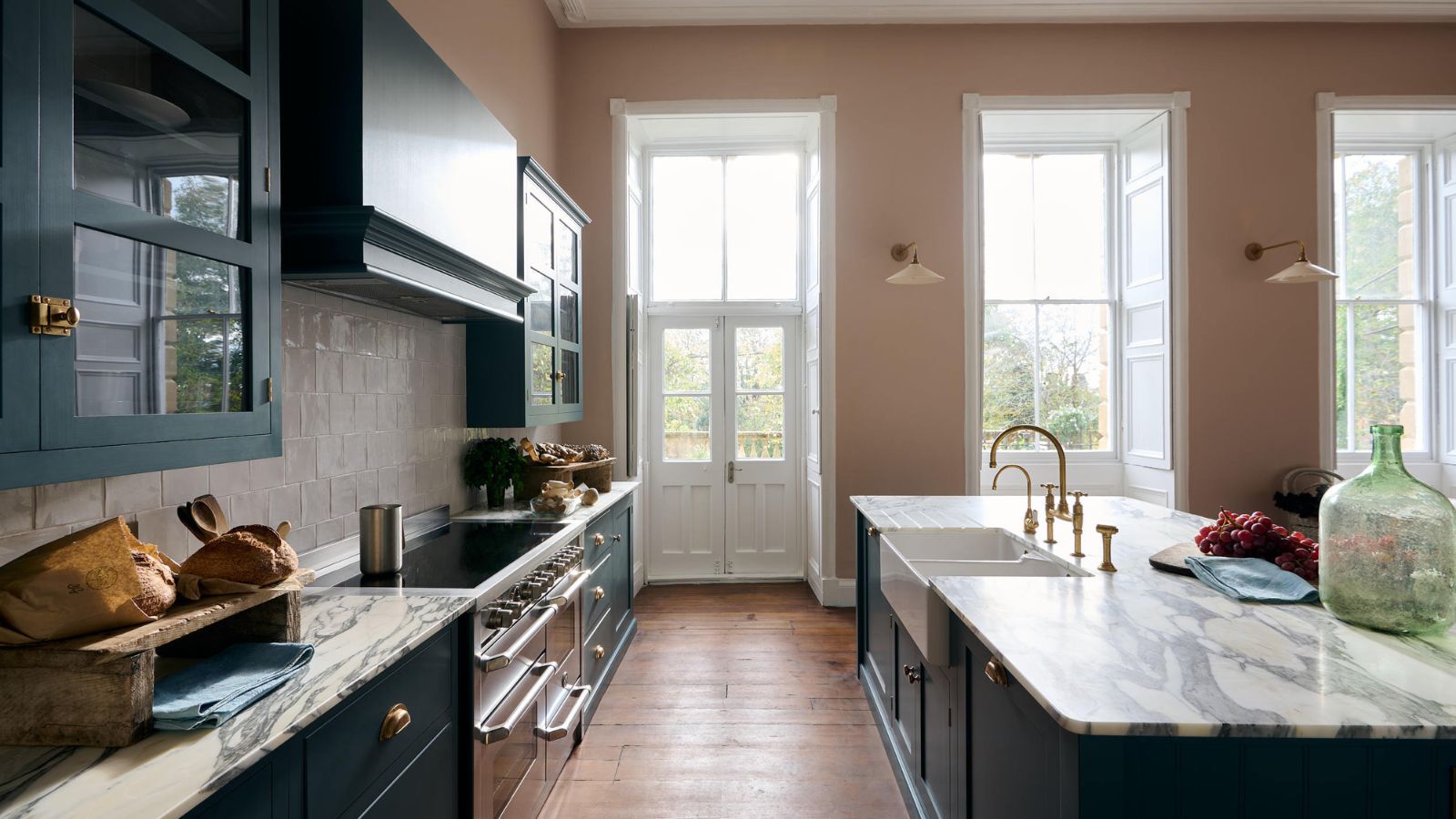 6 things you should never throw in the trash – and what to do for safe disposal instead
6 things you should never throw in the trash – and what to do for safe disposal insteadFrom batteries to space heaters, experts reveal what not to throw
By Andy van Terheyden Published
-
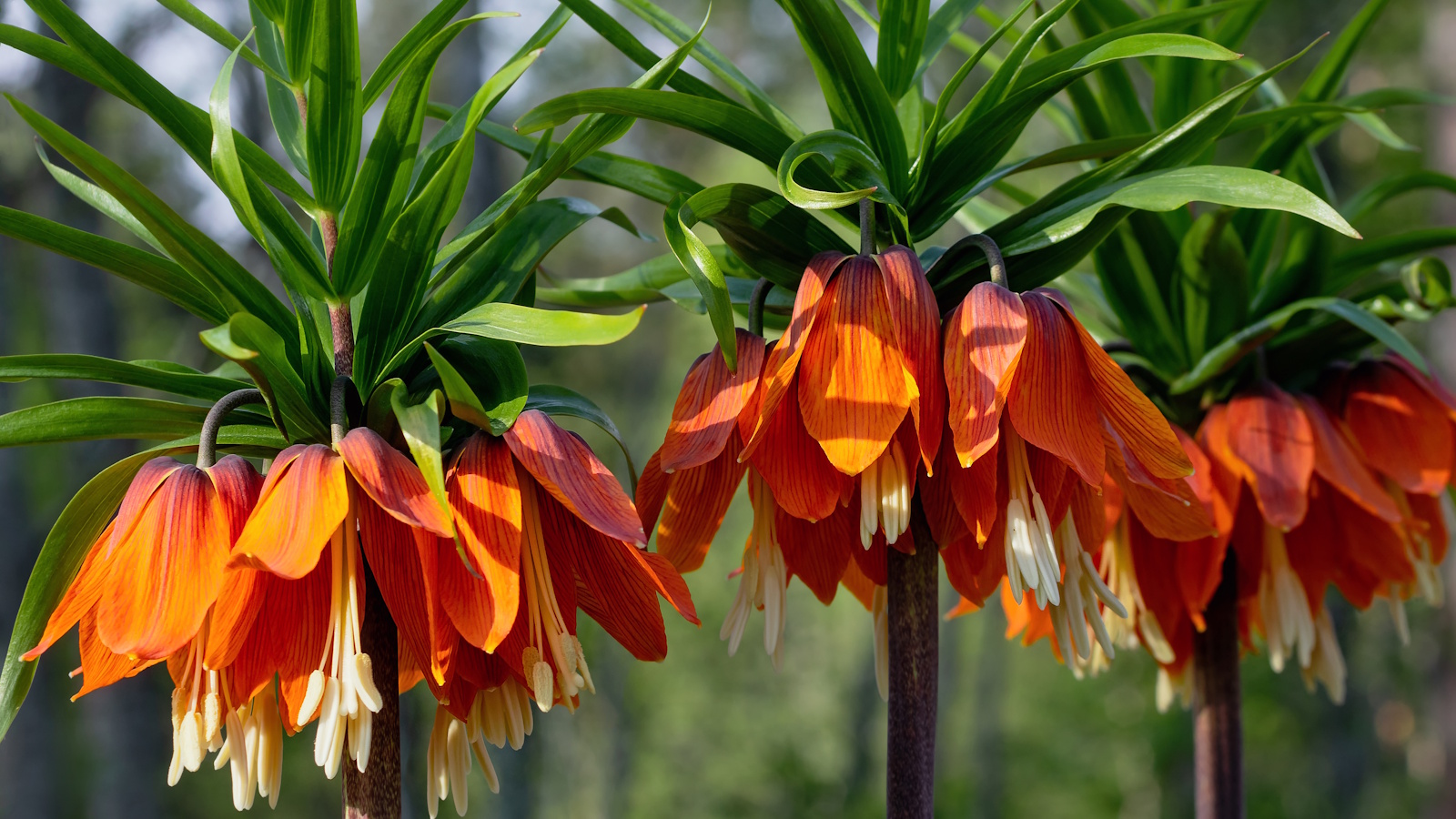 Worst-smelling plants to avoid – experts reveal 5 pungent species and suggest perfumed options to grow instead
Worst-smelling plants to avoid – experts reveal 5 pungent species and suggest perfumed options to grow insteadThese are some of the worst-smelling plants that can cause quite a stink
By Thomas Rutter Published
-
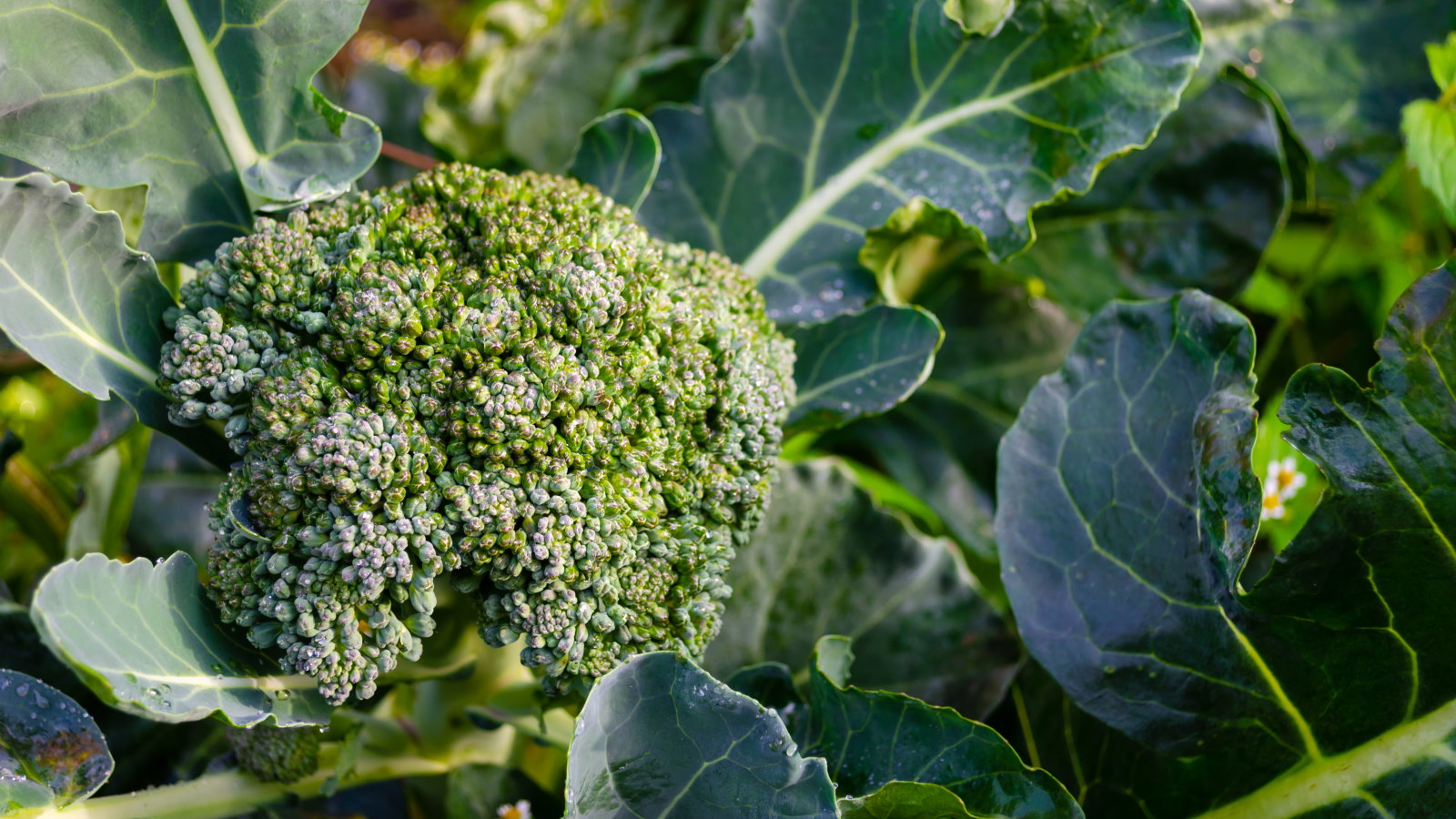 These 5 plants can help you get the best, and potentially tastiest, broccoli ever – discover what to plant with broccoli, and what to avoid
These 5 plants can help you get the best, and potentially tastiest, broccoli ever – discover what to plant with broccoli, and what to avoidOur selection of vegetables, herbs, and flowers is perfect for companion planting with broccoli
By Drew Swainston Published
-
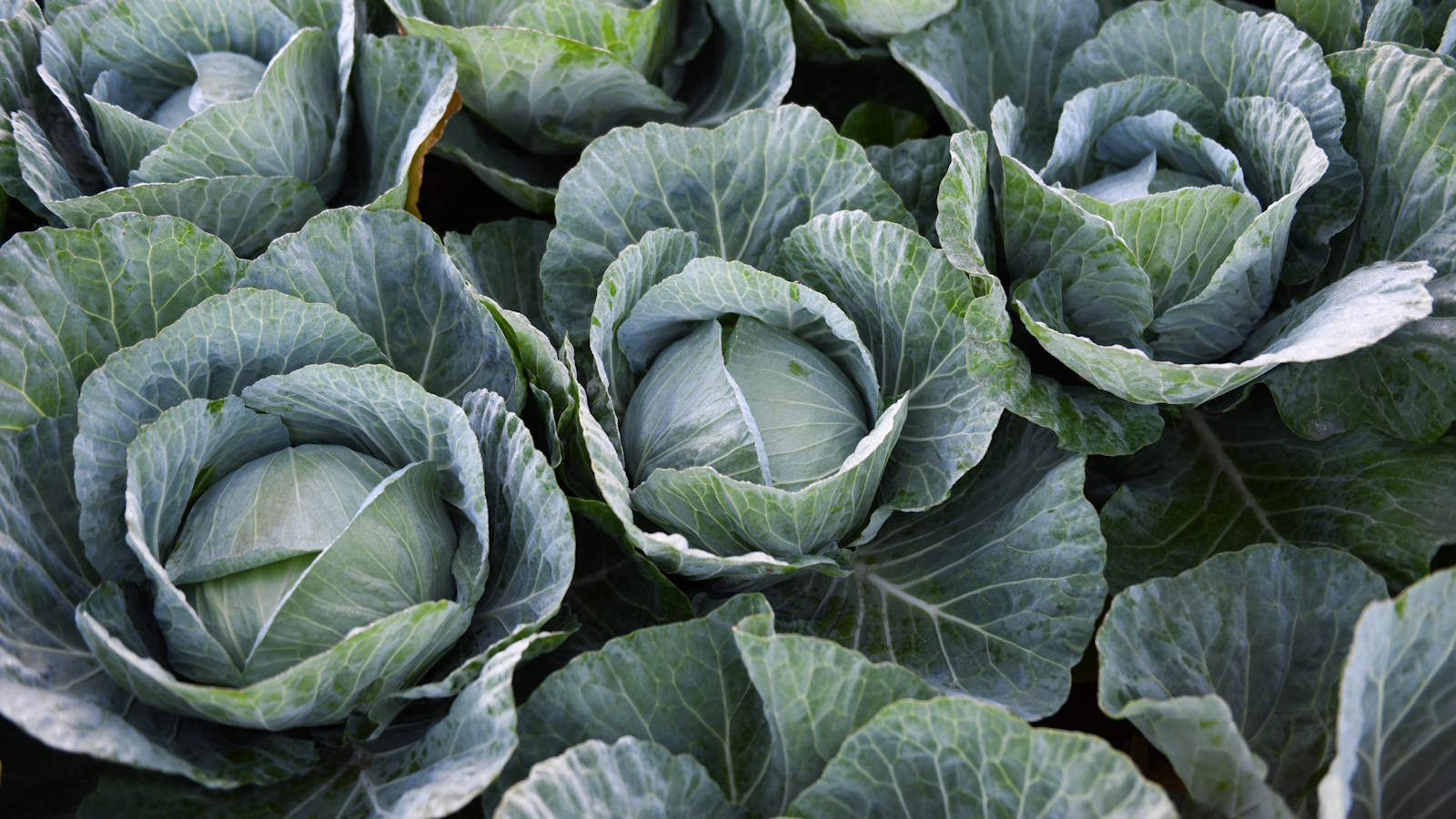 How to grow cabbages in containers – expert tips for top harvests in small urban spaces
How to grow cabbages in containers – expert tips for top harvests in small urban spacesYou can grow lots of different cabbages in pots, troughs, grow bags, or buckets
By Drew Swainston Published
-
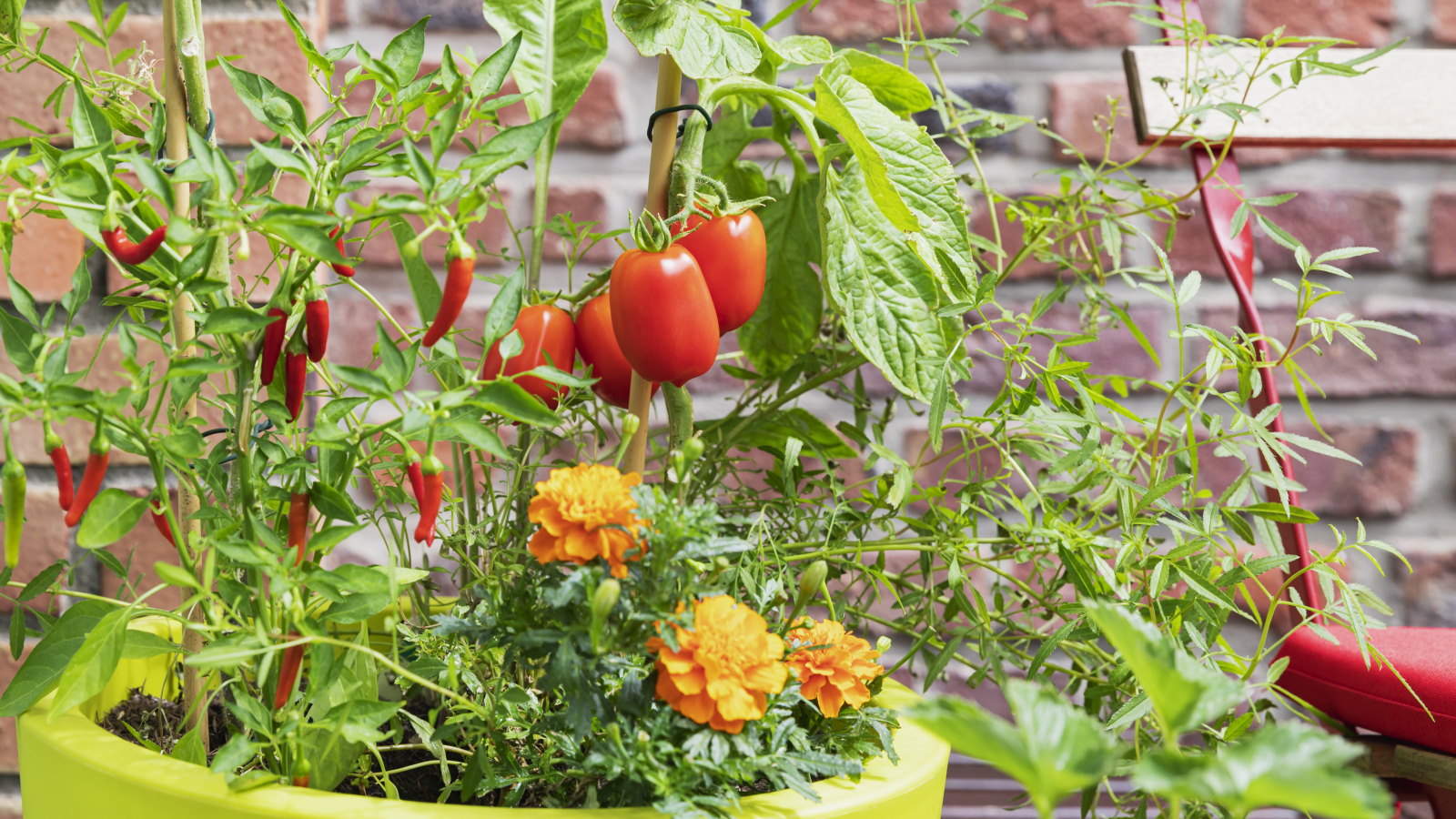 You'll get the best homegrown tomato crops if you plant them next to this one flower – discover why these two are a dream combination
You'll get the best homegrown tomato crops if you plant them next to this one flower – discover why these two are a dream combinationYour tomato plants will be pest-free and covered in fruits
By Drew Swainston Published
-
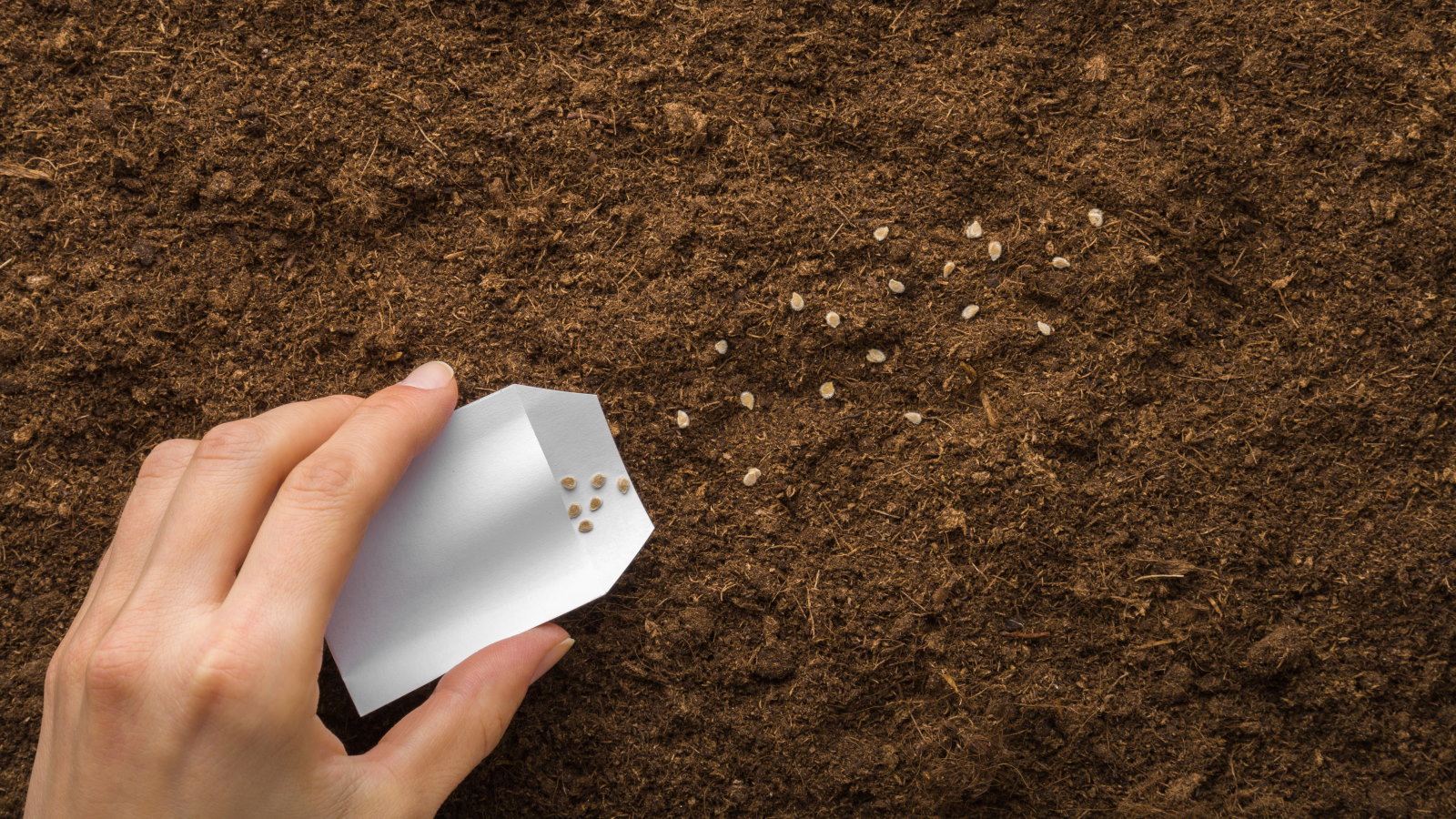 Direct sowing vs transplanting – our grow-your-own expert advises which is best, and shares 5 veggies you should always sow directly
Direct sowing vs transplanting – our grow-your-own expert advises which is best, and shares 5 veggies you should always sow directlyBoth approaches to sowing vegetables have pros and cons
By Drew Swainston Published
-
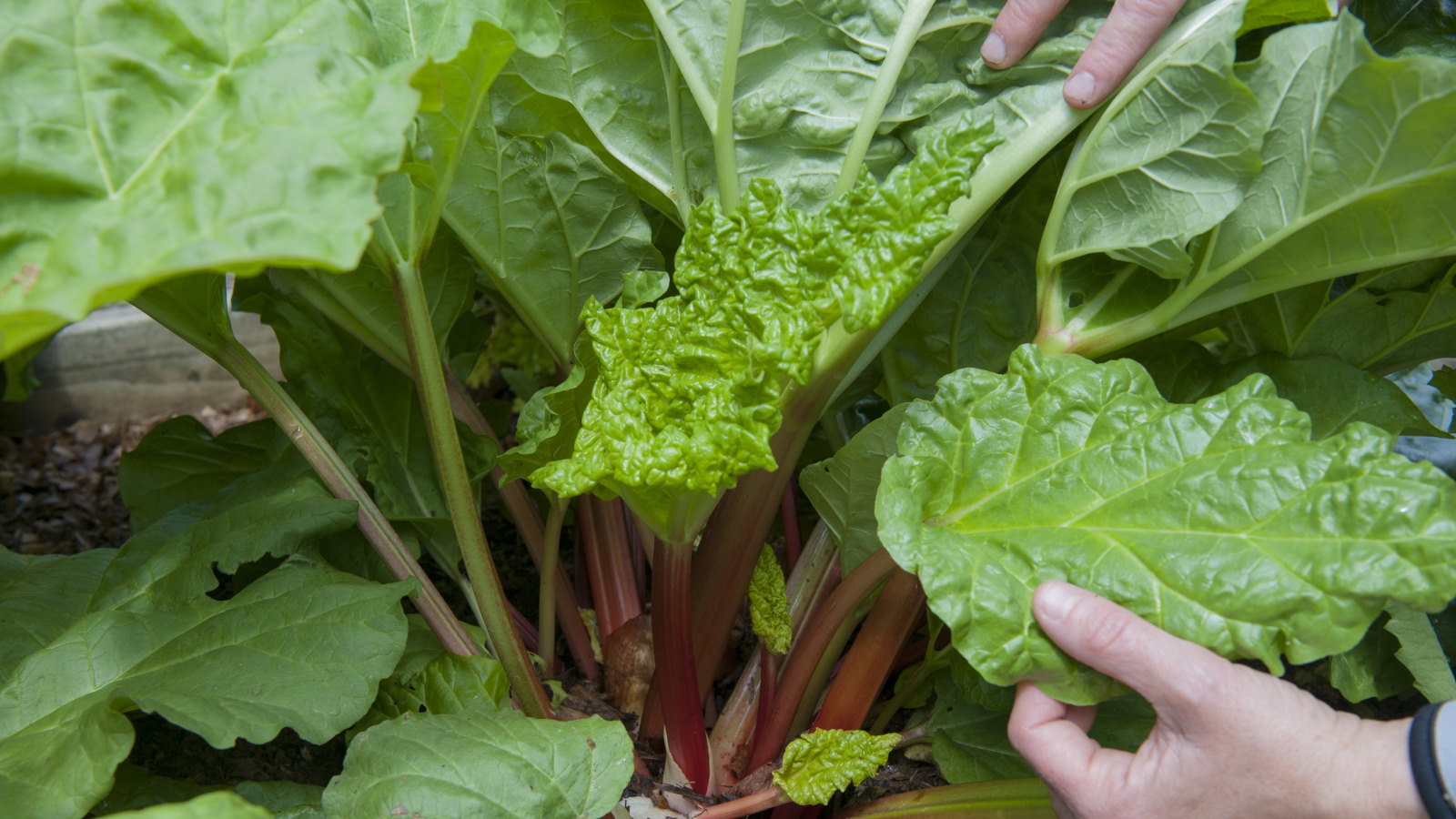 I grew rhubarb from seed for years – here’s exactly how to do it for guaranteed germination and healthy crops of fruit
I grew rhubarb from seed for years – here’s exactly how to do it for guaranteed germination and healthy crops of fruitGrowing rhubarb from seed is a cost-effective way to propagate plants, but it requires care and patience
By Drew Swainston Published
-
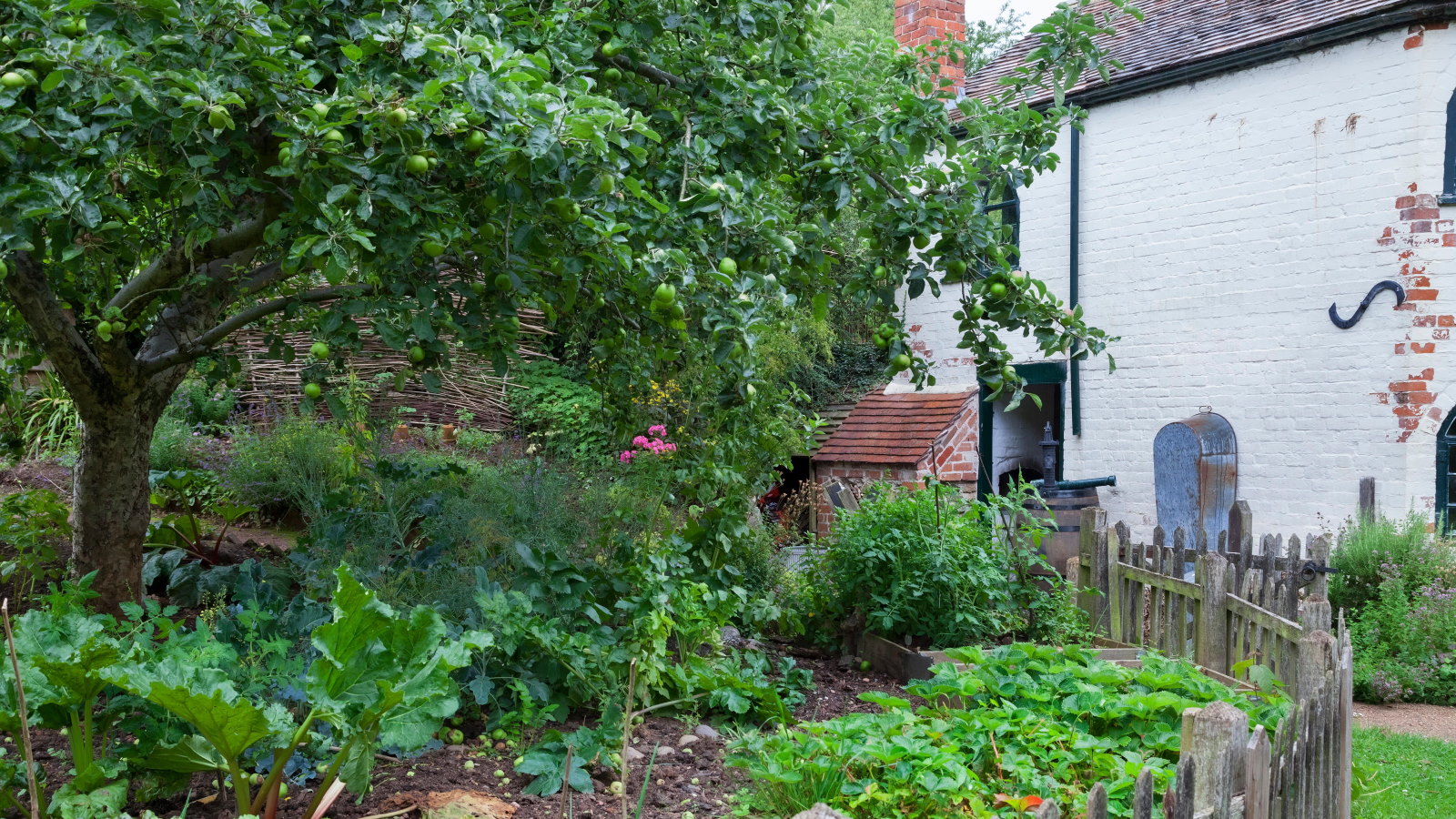 4 reasons you should plant trees in a vegetable garden – plus experts reveal the secrets to help you reap the rewards
4 reasons you should plant trees in a vegetable garden – plus experts reveal the secrets to help you reap the rewardsSee how agroforestry principles can help boost your soil and harvests
By Drew Swainston Published
-
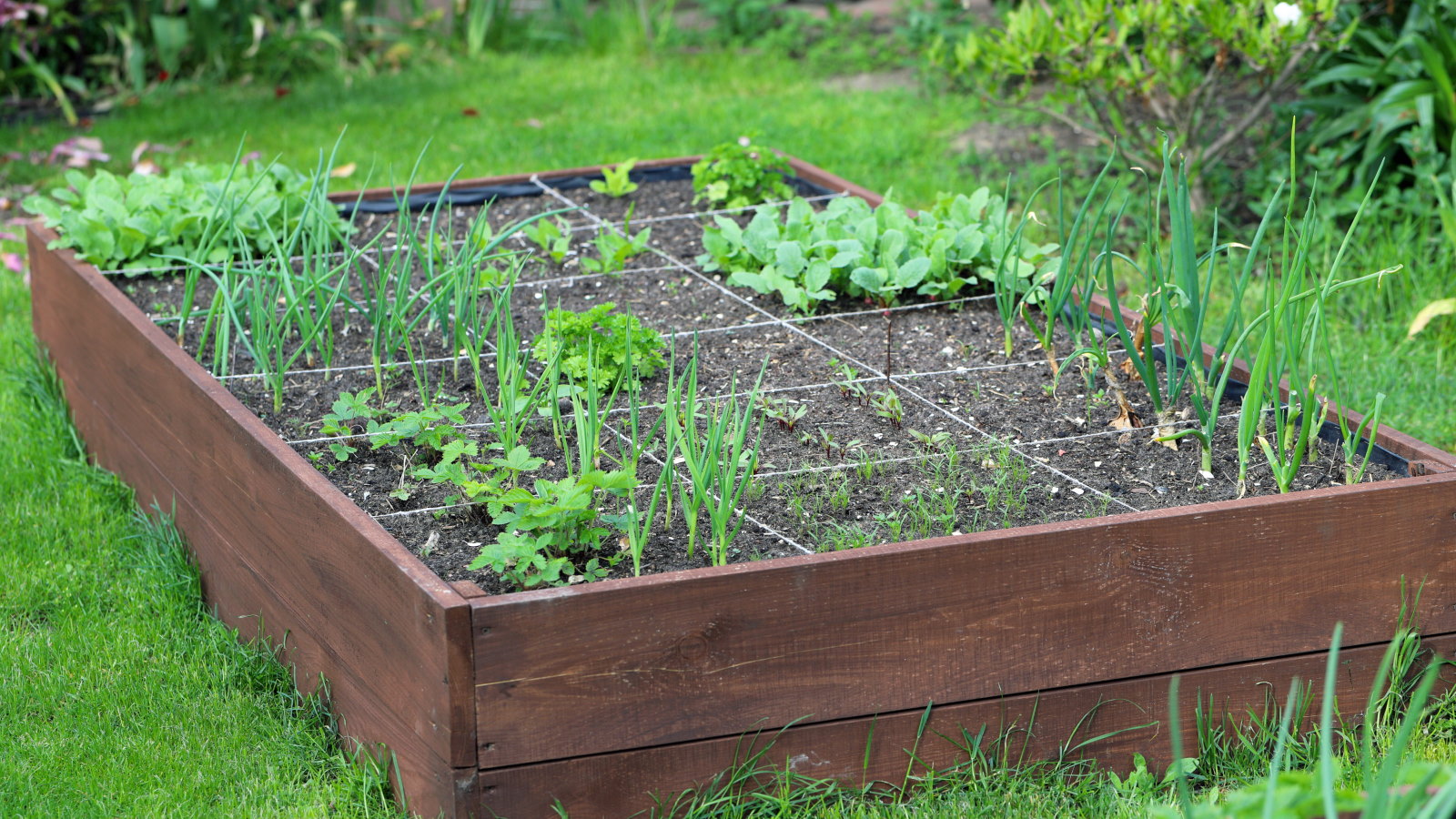 9 of the best vegetables to grow using the square foot gardening method – for big harvests in small spaces
9 of the best vegetables to grow using the square foot gardening method – for big harvests in small spacesPlus how many of each vegetable can be grown per square foot
By Drew Swainston Published
-
 Ramps are highly prized spring harvests for chefs – discover how to grow your own at home from bulbs or seeds to have rich pickings for years to come
Ramps are highly prized spring harvests for chefs – discover how to grow your own at home from bulbs or seeds to have rich pickings for years to comeGrowing ramps, or wild leeks, does require patience, but the rewards are worth the wait
By Drew Swainston Published